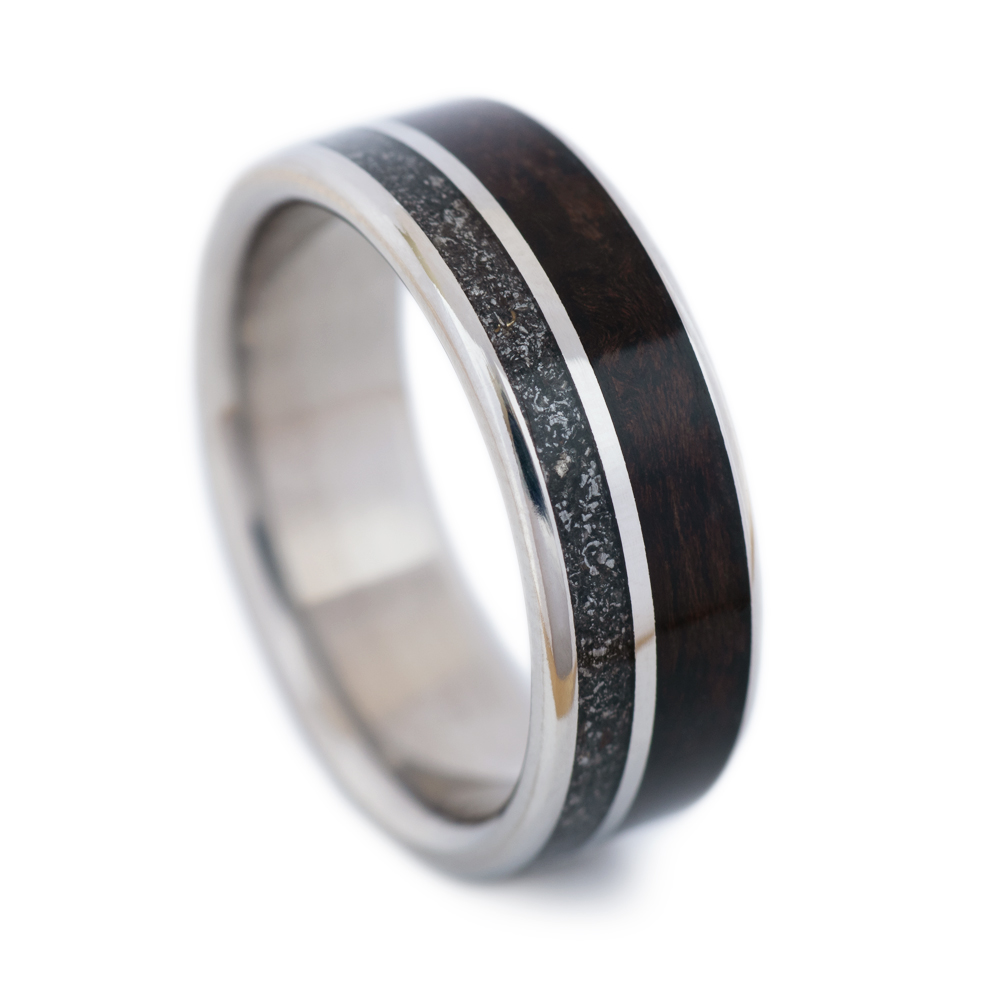

A number of sporadic meteors with both cometary and asteroidal orbits have provided the necessary diversity.

Representative samples of members of major showers were included. All known spectral types of meteors were used. We applied both the study of meteoroid fragmentation and spectral analysis of a broader sample of meteors. 2014) or the study of material properties was somewhat limited ( Matlovič et al. But they usually used a limited sample of meteoroids ( Borovička 2010 Borovička et al. There are valuable works that used both spectral observations and studies of meteoroid fragmentation. We combined spectral observations with a study of the fragmentation of meteoroids. Models of meteoroid fragmentation can give us the estimation of physical parameters of small interplanetary bodies ( Ceplecha et al. Time-resolved spectral lines can provide new information about meteoroids. Meteor spectra can reveal information about individual meteoritic elements. Key words: meteorites, meteors, meteoroidsĭirect video observations paired with spectral observations are increasingly used for meteor studies. The distribution of grain sizes of Jupiter-family members was in good agreement with results from the COSIMA instrument on the ROSETTA probe. Two iron meteoroids on Halley-type orbits were observed, thereby supporting the idea of large-scale mixing of material in the early solar system. Overall, meteoroids with sodium depletion are revealed to have different structures: they have stronger material without very small grains and they do not show very bright wakes. For given grain sizes, the sodium in Na-poor meteoroids is released earlier than in meteors without sodium depletion. Meteoroids that contain small grains tend to release their sodium early. The variety of properties among millimetre-sized meteoroids proved different sources and histories of this material. The length of meteor wakes was evaluated as well. Monochromatic light curves were constructed in order to study differential ablation. Heliocentric orbits of all meteors were computed. Meteor light curves and deceleration were fitted by the grain erosion model. Spectral classification was based on time-integrated intensities of lines of Na, Mg, and Fe. In total 152 sporadic and shower meteors of maximum brightness between magnitude −5 and +3 were analysed. Double-station video observations, paired with spectroscopic video observations, were used to study small meteoroids. ŠtorkĪstronomical Institute of the Czech Academy of Sciences,Į-mail: The complex study of millimetre-sized meteoroids can reveal more about the structure and origin of population of these meteoroids. Astronomical objects: linking to databases.Including author names using non-Roman alphabets.Suggested resources for more tips on language editing in the sciences Punctuation and style concerns regarding equations, figures, tables, and footnotes


 0 kommentar(er)
0 kommentar(er)
